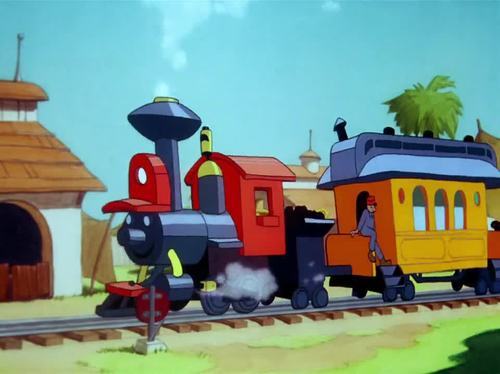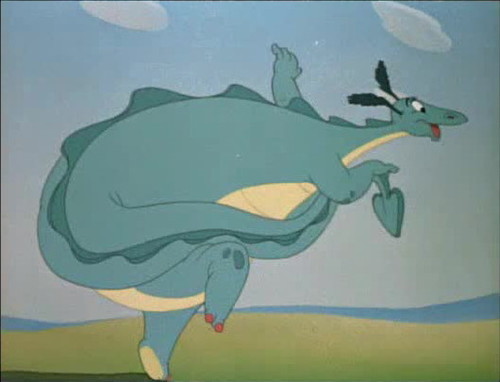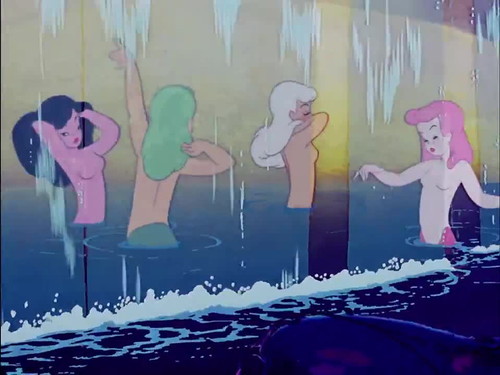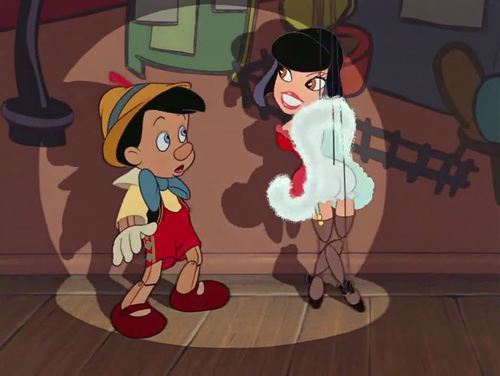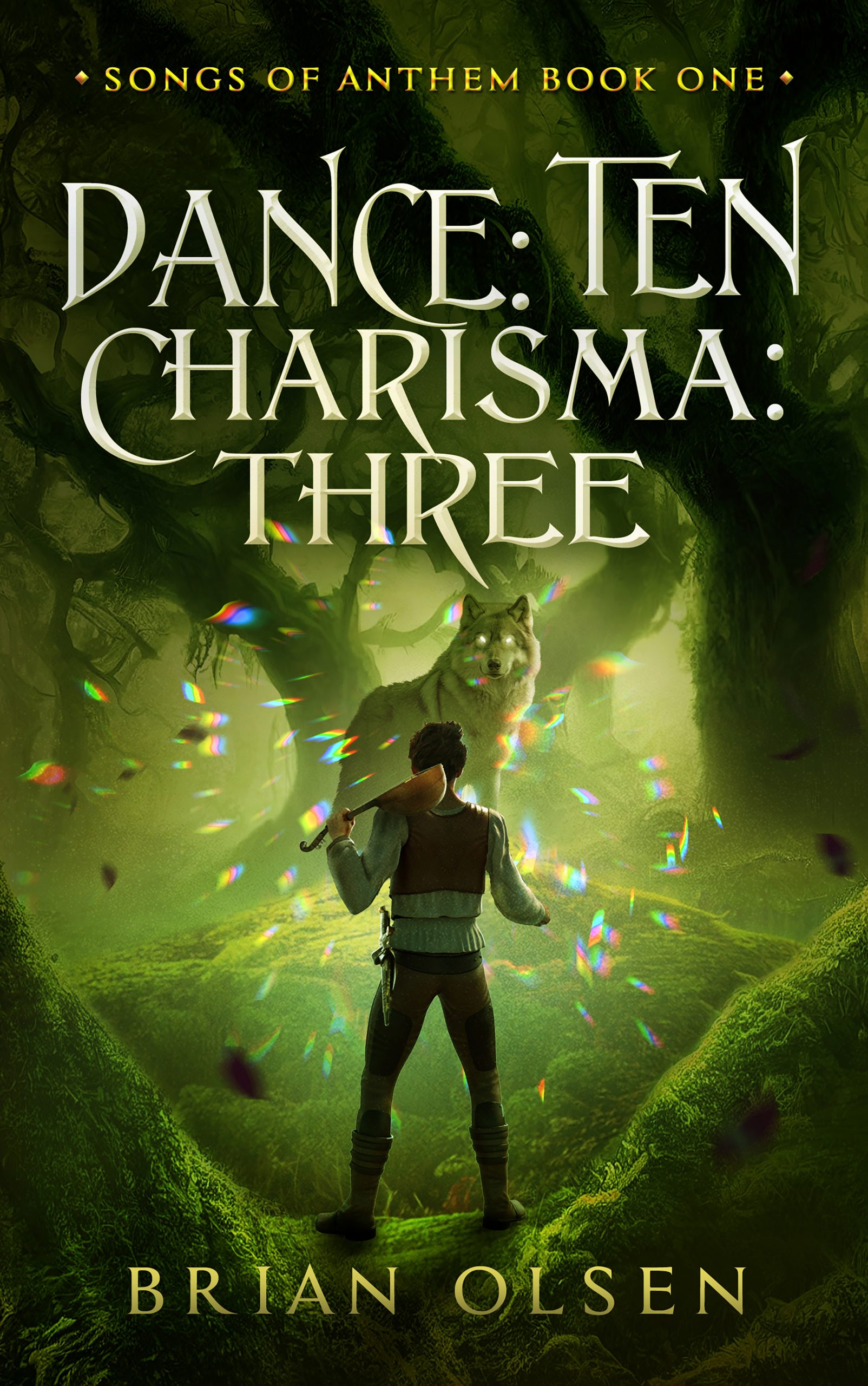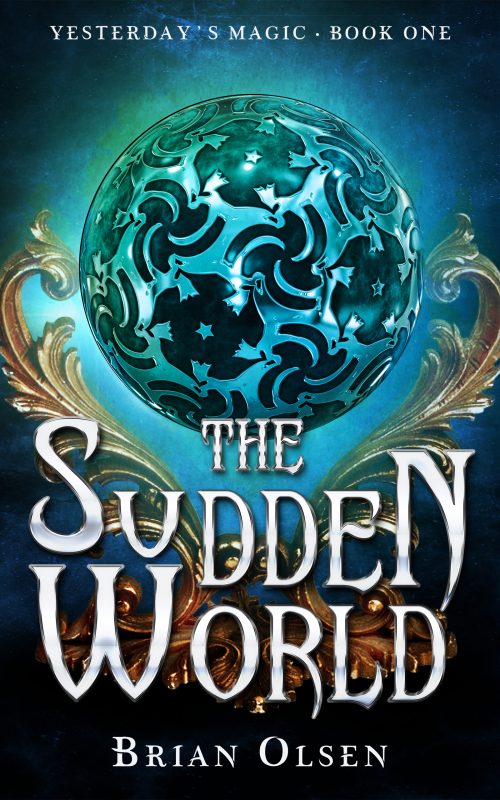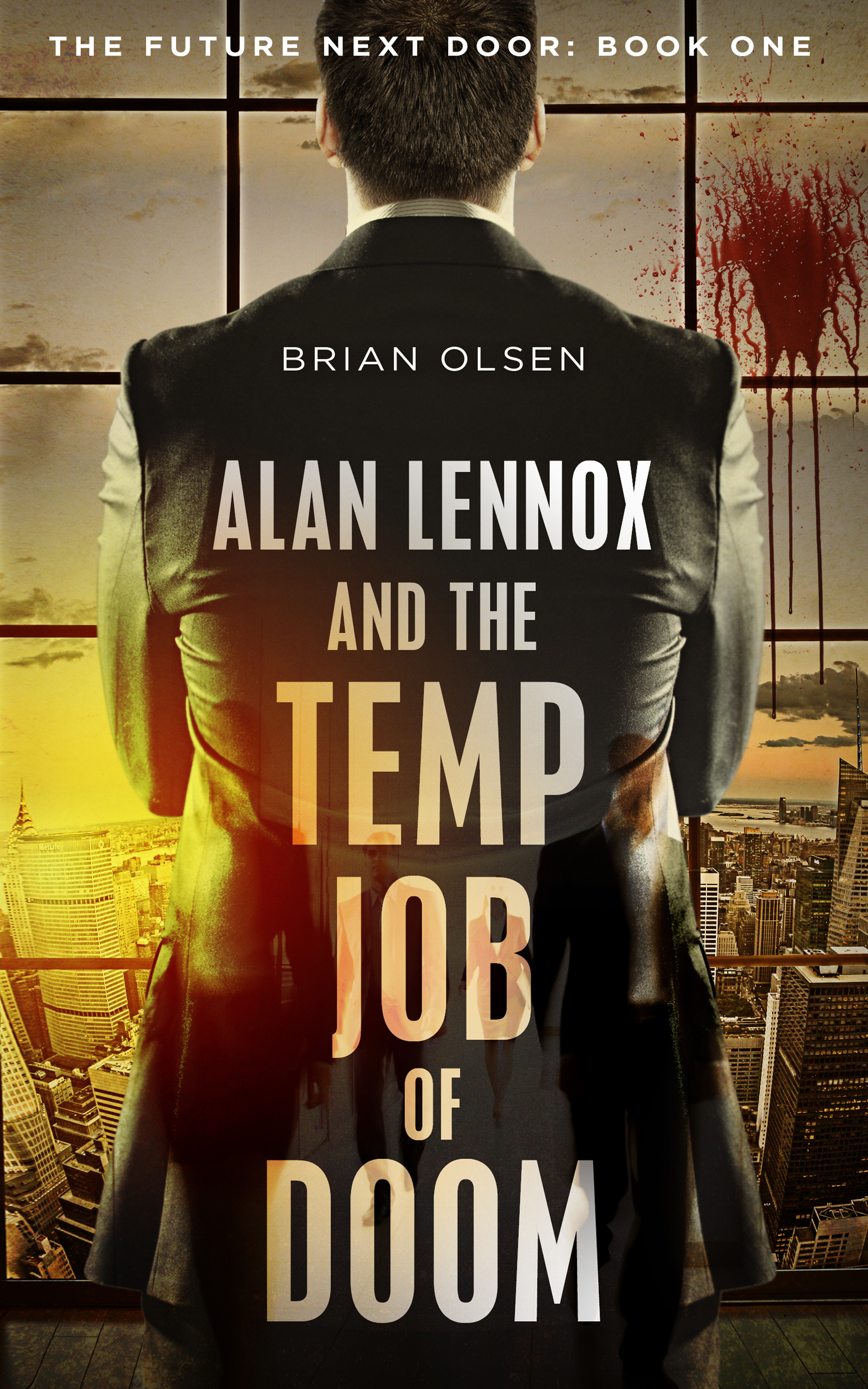Dumbo (1941) was made on the cheap. It’s the fifth full-length Disney feature, and was intended to recoup the money lost by Pinocchio and Fantasia. It worked – Dumbo was the first Disney film since Snow White to turn a profit on its initial release. But who cares about that? What did I think of it? That’s what matters!
- I know I saw Dumbo at some point in my childhood, but I didn’t remember it very well. I was surprised, when I fired it up, by how short it is – it runs just over an hour. My attention span is as bad as yours (I’m assuming – I mean, you’re on Tumblr, how good could it be), so I was sort of relieved. I don’t have the endurance for another Fantasia just yet.
- Did parents every actually convince their kids that they were brought by the stork? I don’t mean did the kids believe it – kids are amusingly credulous, as I learned after telling my nephew that if he had to go to the bathroom during a Bingo game at the town rec center he should call out ‘Bingo!’ and everyone would stop and wait – I mean was the stork legend a Santa Claus/Tooth Fairy kind of deal, or just a thing they said to put off talking about sex? Anyway, it’s helpful of the circus to label all the roofs of their tents and buildings so the storks can find them. Also, that’s a WHOLE lot of babies being delivered all at once to a bunch of animals with very different gestation periods. Is there a circus employee whose sole job is to tell the animals when they can have sex so that they’ll all give birth on the same night? I want that job.
- Hooray! Time for lemonade and crackerjack, Casey Junior’s back! Casey Junior’s back! Casey Junior, the circus train, is my favorite character in this movie, mostly because of his awesome theme song. The music in this movie is great (I know, it’s a shocker, good music in a Disney movie), and I’m happy to hear Casey’s theme again after The Reluctant Dragon. (I’m pretending I watched the movies in order. Just humor me.) YOU CAN DO IT CASEY CLIMB THAT MOUNTAIN I LOVE YOU CASEY COME AND TAKE ME AWAY TO THE CIRCUS
- The stork delivering Dumbo looks like he should be eating a Vlasic pickle.
- “Jumbo? You mean…Dumbo!” The elephant who thinks up the nickname is sooooo pleased with herself. She’s such a Heather. I keep expecting the elephant ladies to burst into “Pick-a-Little, Talk-a-Little.”
- “Song of the Roustabouts” is pretty darn great, too.
- Oh, sure. A woman shows a little agency and suddenly it’s all, “Mad elephant!”
- I’m not so sure that a half-empty bottle of champagne, diluted in a barrel of water, would be enough to get even a baby elephant drunk, but I’ll go with it because I love that the drunk scene is so crucial to the plot of Dumbo that it can’t be edited out. And the “Pink Elephants on Parade” number is so entertainingly disturbing that I’ll even overlook the fact that Dumbo drinks straight through his trunk, like it’s a straw. Ew. But yeah, that walking bipedal elephant, made entirely of elephant heads – that is the stuff of nightmares.
- Oh, man, the crows. Yeah, they have a lot of positive characteristics, yeah, all but the main one were actually voiced by African-Americans, yeah, the song is fun, yeah, there are way worse depictions from this time, yeah, yeah, yeah, but come on. They’re CROWS. Their leader is named JIM CROW. Please don’t pretend there ain’t hella racism going on here.
- And he flies and saves himself and exacts his terrible, terrible revenge on everyone who wronged him. Basically. And they lived happily ever after! That wrapped up quickly. Dumbo is a delight. Like most of the Disney flicks of this period it’s almost more a collection of stories than a film with one cohesive plot, but it’s completely charming. I love it.
